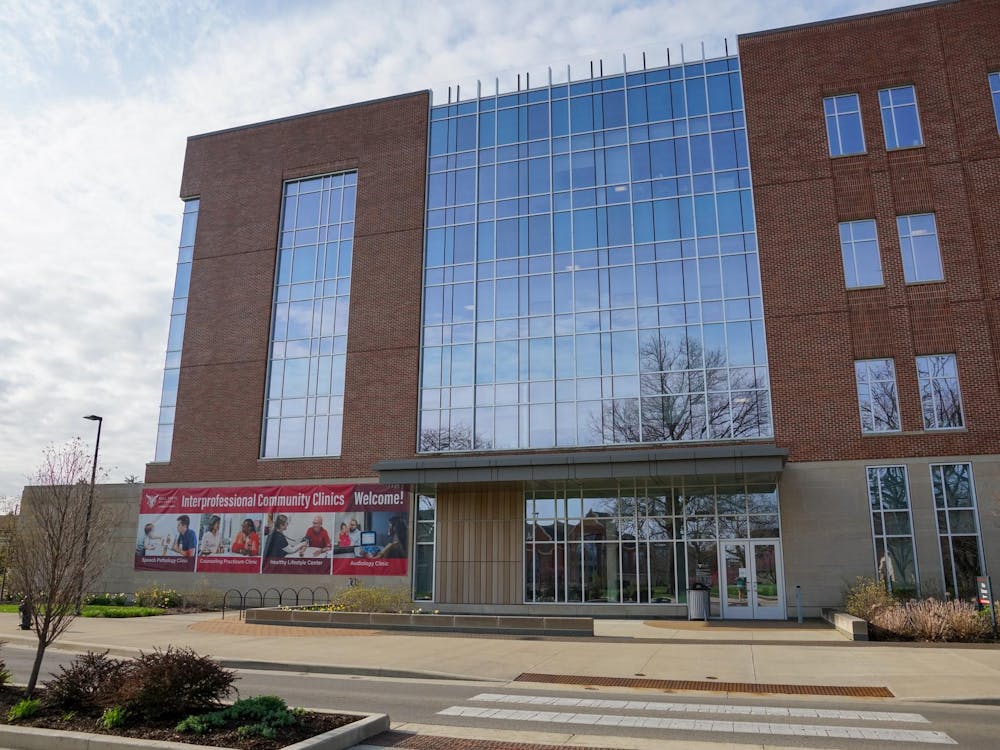Determining the cause of death isn't so different from popular television shows like "CSI" for forensic pathologists.
That is what students learned during a lecture by Scott Wagner, a forensic pathologist and Ball State alumnus.
Almost 500 students filled Cardinal Hall at the L.A. Pittinger Student Center for Wagner's presentation. Seats were full, and students found standing space against the walls. The presentation was a professional development workshop hosted by Ball State's Department of Criminal Justice and Criminology.
Wagner is certified in forensic pathology and clinical and anatomic pathology. He's also the author of two books, "Color Atlas of the Autopsy" and "Death Scene Investigation: A Field Guide." He works for the North East Indiana Forensic Center.
"My job is like a dream job," Wagner said. "It's really cool, and I like to tell people about it and why we do what we do. There's a reason for it and I wanted to dispel certain myths."
Before the presentation, students had been warned in class and advertisements for the session that some of the visuals may upset people. Wagner used images from real cases to illustrate various points.
One of these points was the four different signs of death: rigor mortis, livor mortis, algor mortis and decay. He used images from cases to show how the signs of death affect a dead body. Images included a hand with defensive wounds, a dead body in a barrel and a mummifying body left in a room with the heat turned up.
Bryan Byers, criminal justice and criminology professor, said he thought the event had an amazing turnout.
"We thought our students would be very interested in hearing about the work of a forensic pathologist, as they're relatively rare," he said. "There's not that many of them in the United States."
Freshman criminal justice major Jefferson Stewart said the presentation was a good experience.
"I liked how he showed us examples of exactly what he was talking about, especially the defense wounds near the end," he said.
Sophomore criminal justice major Nathan Guyer went to the session for extra credit and to see if his professor was accurate when he said television misrepresented criminal justice. Before the session, he didn't know there are four signs of death. Guyer felt he "got schooled" and learned criminal justice is different than movies.
Wagner explained that autopsies are generally not invasive and easily hidden.
"We can't tell time of death like they do in the shows or do things as quickly as they say," Wagner said. "In reality we don't mutilate people like they do on TV. It's a surgical procedure."
For Byers, the most important points were the distinctions between a coroner, medical examiner and forensic pathologist. He said the clarification between forensics on TV and movies versus real life was good to know.
The next time students who attended watch a crime show, they'll have a better understanding of crime realities and fictions.




